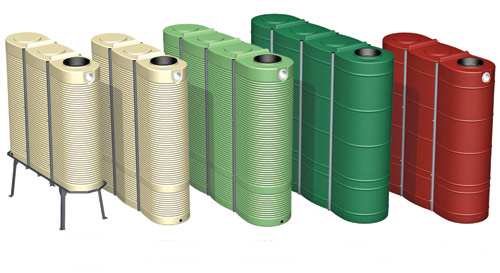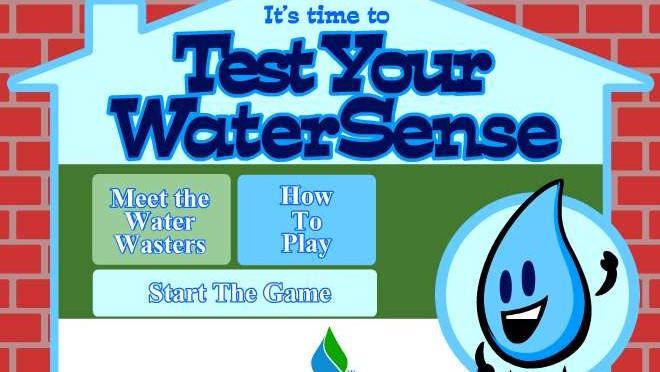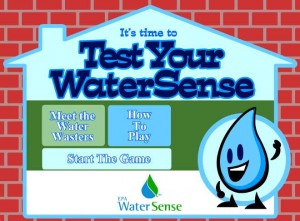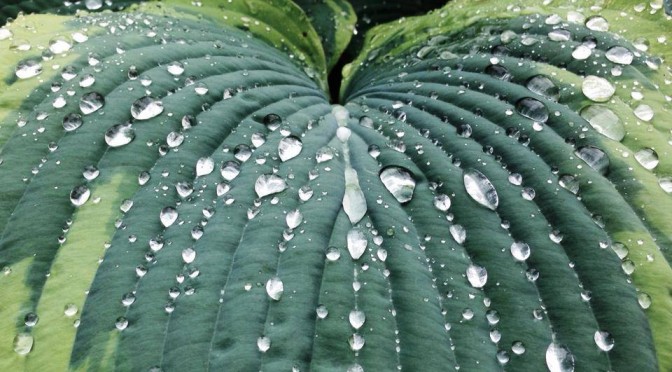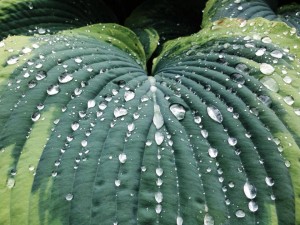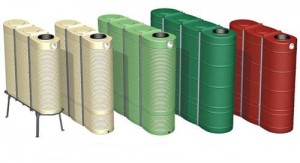 We recently discussed key factors in designing a rainwater collection system and briefly discussed intended uses such as irrigation, toilet and laundry facility, and whole house usage including potable. Let’s take a look at designing a residential rainwater collection system for irrigation based on storage capacity.
We recently discussed key factors in designing a rainwater collection system and briefly discussed intended uses such as irrigation, toilet and laundry facility, and whole house usage including potable. Let’s take a look at designing a residential rainwater collection system for irrigation based on storage capacity.
For rural applications with more available space for storage, this can be achieved with large tanks. However in an urban setting where space is limited, the designer must take into consideration not only the planting area, but also available space for storage.
Most horticulturists will say that for the healthy growth of plants, one inch of rainfall per week is required. If one square foot of surface area receives .623 gallons per inch of rainfall, we can size usage and equate that to storage needed.
For example: 200 sq ft of planting area requires 124.6 gallons per week for irrigation or 1495.2 gallons stored for 12 weeks of dry season.
Now let’s look at space required for storage of 1495.2 gallons. Considering 7.48 gallons per cu ft, 1495.2 gallons = 199.89 cu ft.
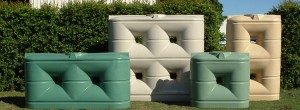 Sizes and dimensions very from each manufacturer and most manufacturers offer cylindrical and slim line style tanks. Slim line designs are better suited for tight areas along side the house. While box tanks with their low profiles are best suited for under decks. A cylindrical tank needs some space, but offers the most bang for your buck with higher storage capacities, requiring fewer tanks for larger storage needs.
Sizes and dimensions very from each manufacturer and most manufacturers offer cylindrical and slim line style tanks. Slim line designs are better suited for tight areas along side the house. While box tanks with their low profiles are best suited for under decks. A cylindrical tank needs some space, but offers the most bang for your buck with higher storage capacities, requiring fewer tanks for larger storage needs.
Sizing your storage for 3 months of dry season, like we experience in the Seattle area, is dependent on area of planting and available space for storage. Both need to be considered for a successful design.

